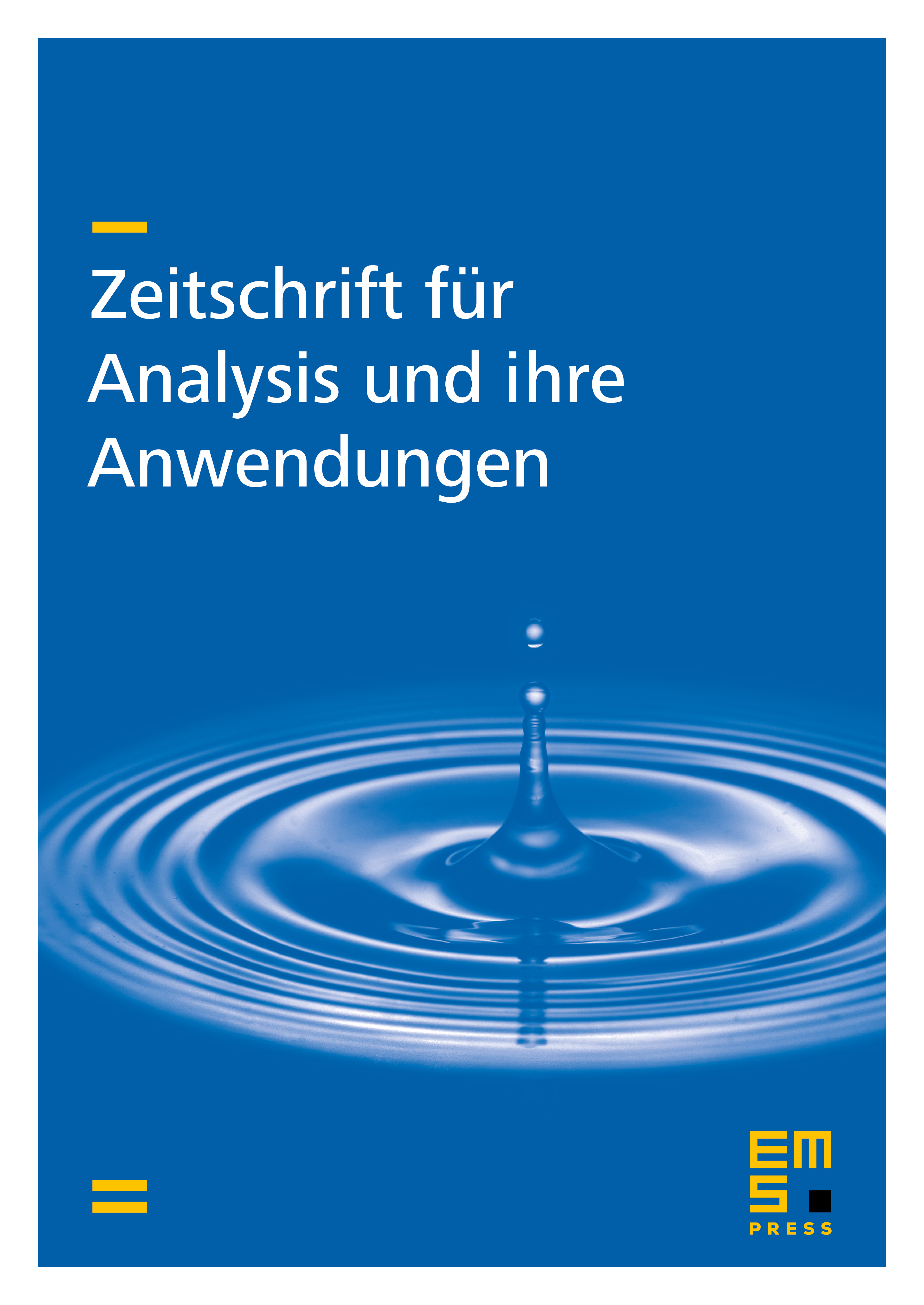Sequences of 0's and 1's. Classes of Concrete `big' Hahn Spaces
Johann Boos
Fernuniversität-GHS, Hagen, GermanyMaria Zeltser
Tartu University, Estonia

Abstract
This paper continues the joint investigation by G. Bennett, J. Boos and T. Leiger [Studia Math. 149 (2002) 75–99] and J. Boos, T. Leiger and M. Zeltser [J. Math. Anal. Appl. 275 (2002) 883–899] of the extent to which sequence spaces are determined by the sequences of 's and 's that they contain. Bennett et al. proved that each subspace of containing the sequence and the linear space of all sequences with bounded partial sums is a Hahn space, that is, an FK-space contains whenever it contains (the linear hull of) the sequences of 's and 's in . In some sense these are ‘big’ subspaces of . Theorem 2.6, one of the main results of this paper, tells us that this result remains true if we replace with suitably defined spaces which are subspaces of when is a finite partition of . As an application of the main result, two large families of closed subspaces of being Hahn spaces are presented: The bounded domain of a weighted mean method (with positive weights) is a Hahn space if and only if the diagonal of the matrix defining the method is a null sequence; a similar result applies to the bounded domains of regular Nörlund methods. Since an FK-space is a Hahn space if and only if is a dense barrelled subspace of , by these results, a large class of concrete closed subspaces of such that is a dense barrelled subspace can be identified by really simple conditions. A further application gives a negative answer to Problem 7.1 in the paper mentioned above.
Cite this article
Johann Boos, Maria Zeltser, Sequences of 0's and 1's. Classes of Concrete `big' Hahn Spaces. Z. Anal. Anwend. 22 (2003), no. 4, pp. 819–842
DOI 10.4171/ZAA/1175